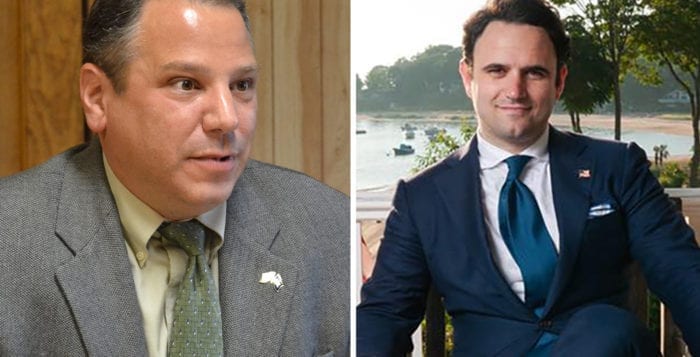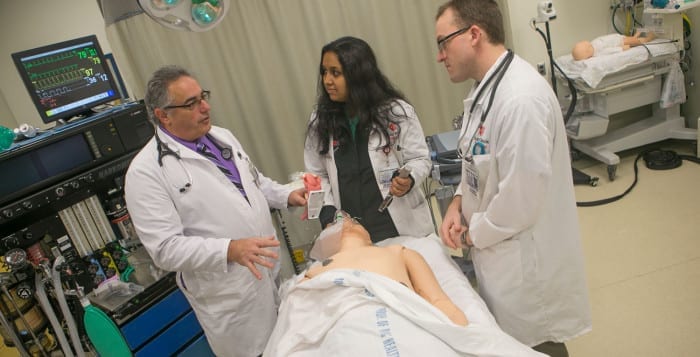New York 12th Assembly District Democratic candidate is facing allegations that he has not lived in the state long enough to run for office.
District residents Ralph Notaristefano, Paul D’Alessio and Kathleen Barnhart filed a lawsuit July 25 in New York State Supreme Court contending Democratic challenger Michael Marcantonio does not meet New York’s residency requirements.
“When you change your car registration and open up a new voting registration in another state and that state says you must be resident of that state to vote, that’s pretty clear cut for me.”
— Andrew Raia
Under state law, any candidate for state office must show he or she has resided within the state for a minimum of five years and in the assembly district for one year.
Current state Assemblyman Andrew Raia (R-East Northport) said the more contentious issue in the lawsuit is whether Marcantonio, 31, has been a resident for the mandatory five years.
Marcantonio attended law school at Duke University in Durham, North Carolina, where he registered to vote in the 2012 presidential election as an enrolled student from 2012 to 2015.
“When you change your car registration and open up a new voting registration in another state and that state says you must be resident of that state to vote, that’s pretty clear cut for me,” Raia said.
In a July 30 press conference at Cow Harbor Park in Northport, Marcantonio said he believes his right to run is protected under the U.S. Supreme Court decision Symm v. United States (1979), which he said allows for students right to vote without losing their residency.
“Merely registering to vote as a student out of state is not enough to eviscerate your residency in this state as a New Yorker,” he said.
Marcantonio remained on North Carolina’s voter lists until he graduated with his legal degree in 2015, He changed his registration to New York for the 2016 presidential primary, and cast a ballot in the last Northport school board election.
The Democratic candidate said if he loses the lawsuit, he fears it could bar young people from voting while attending out-of-state school and then coming back to run for office.
“What we’re seeing today is an assault on young people,” Marcantonio said. “If we lose this lawsuit every single New Yorker who goes out of state for school and [vote,] they would be barred from running for office for five years after they graduate school.”
“Merely registering to vote as a student out of state is not enough to eviscerate your residency in this state as a New Yorker.”
— Michael Marcantonio
Raia said that if anyone wants to run for office after they attend school out of state that they should send absentee ballots. Marcantonio countered that filing absentee ballots is too difficult for young people because they have to get it notarized. One has to get a absentee ballot notarized in South Dakota and North Carolina, according to Vote.org.
Raia said Marcantonio does not primarily reside in Northport, but rather lives in a New York City apartment closer to where he works at the law firm Kirkland & Ellis. Marcantonio has taken an unpaid leave of absence from his job to campaign, saying his main residence is his Northport family home, Marcantonio said he keeps a city apartment to use when he’s too tired to travel after work.
Raia also argued that Marcantonio is not well connected to the district. Marcantonio had raised more than $100,000 by July, more than double Raia’s campaign, according to financial disclosures filed with the state Board of Elections. Yet, only approximately $1,500 of the Democrat’s war chest came from nonfamily members in the voting area. Marcantonio said he expects his campaign to acquire more local donations in the months before the election.
Judge Richard Horowitz of the New York State Supreme Court is presiding over the case. The date was postponed but both parties are now due in court Aug. 17.
Marcantonio said he expects to win the lawsuit. “Northport is a great place to grow up — it made me who I am today,” he said. “I want to spend the rest of my life here, raise kids and send them to the same great schools I went to.”











